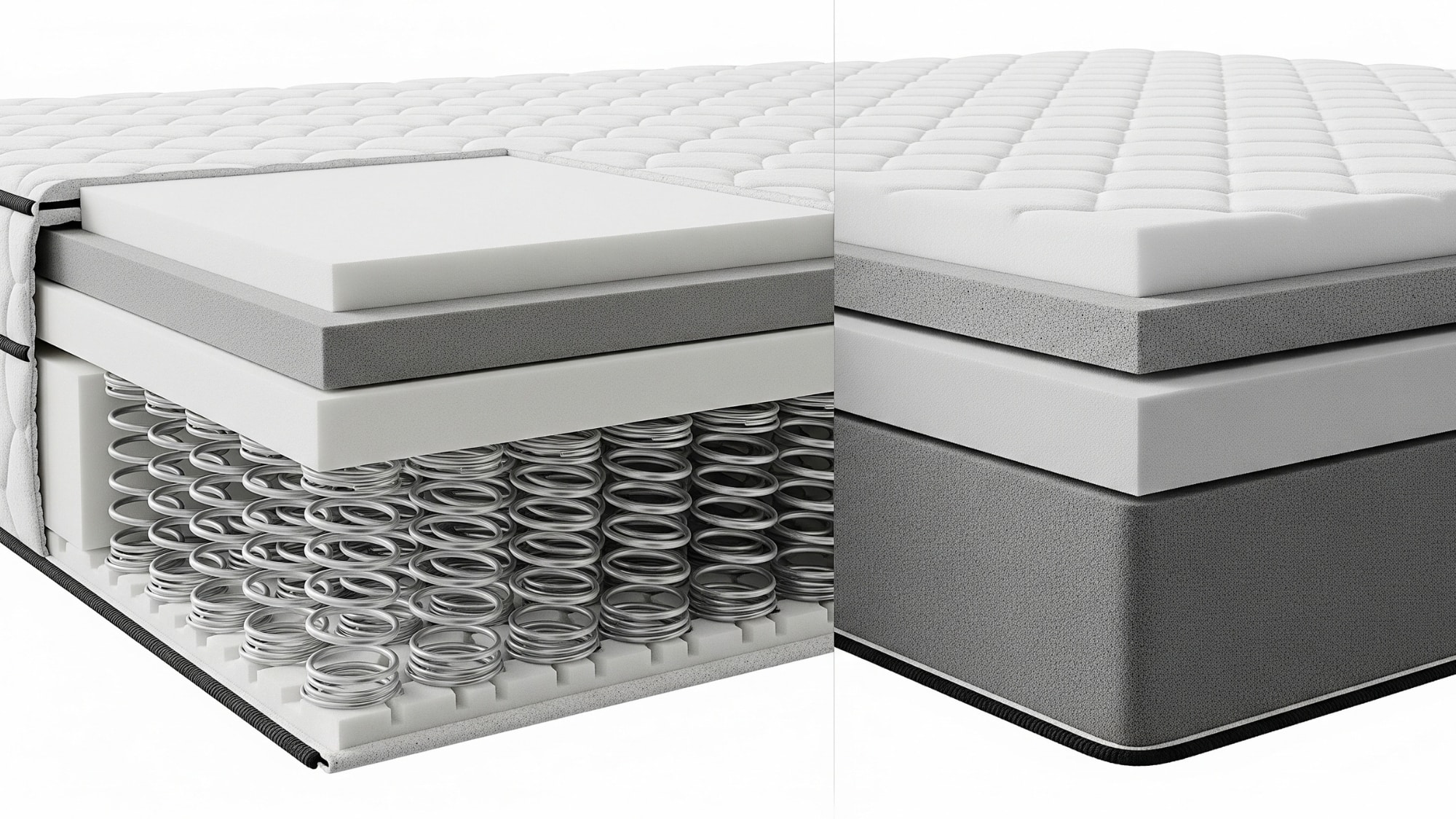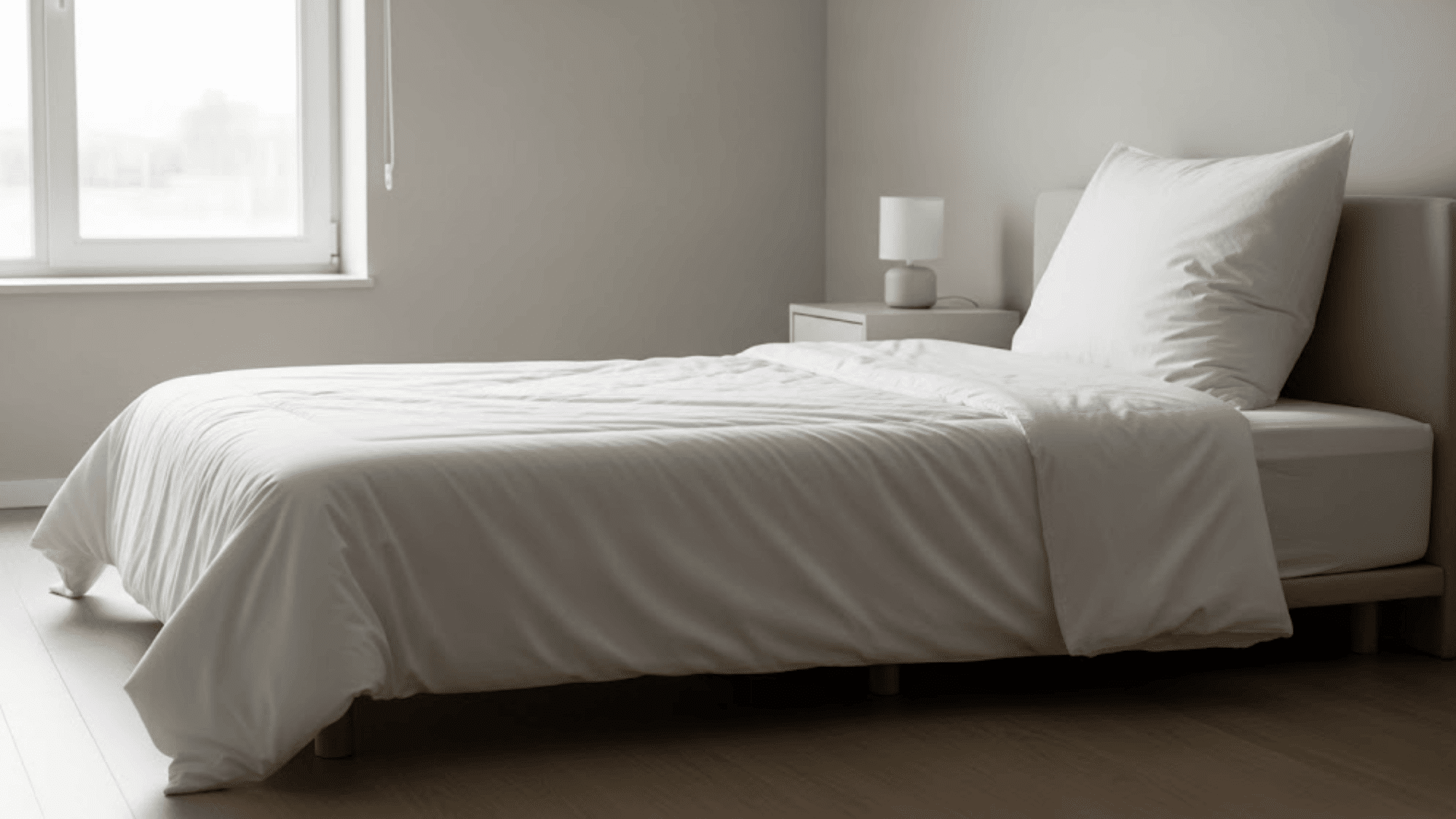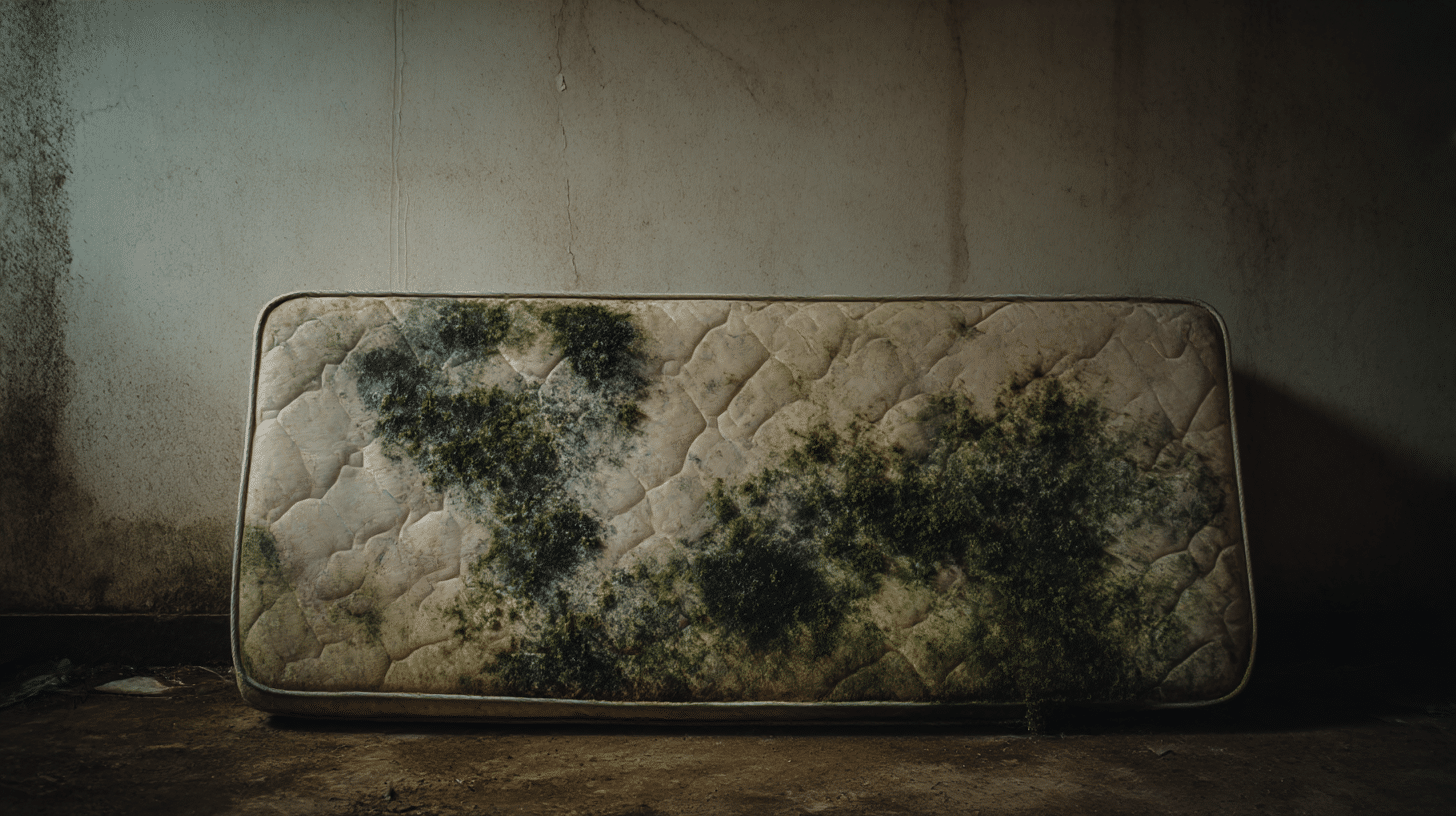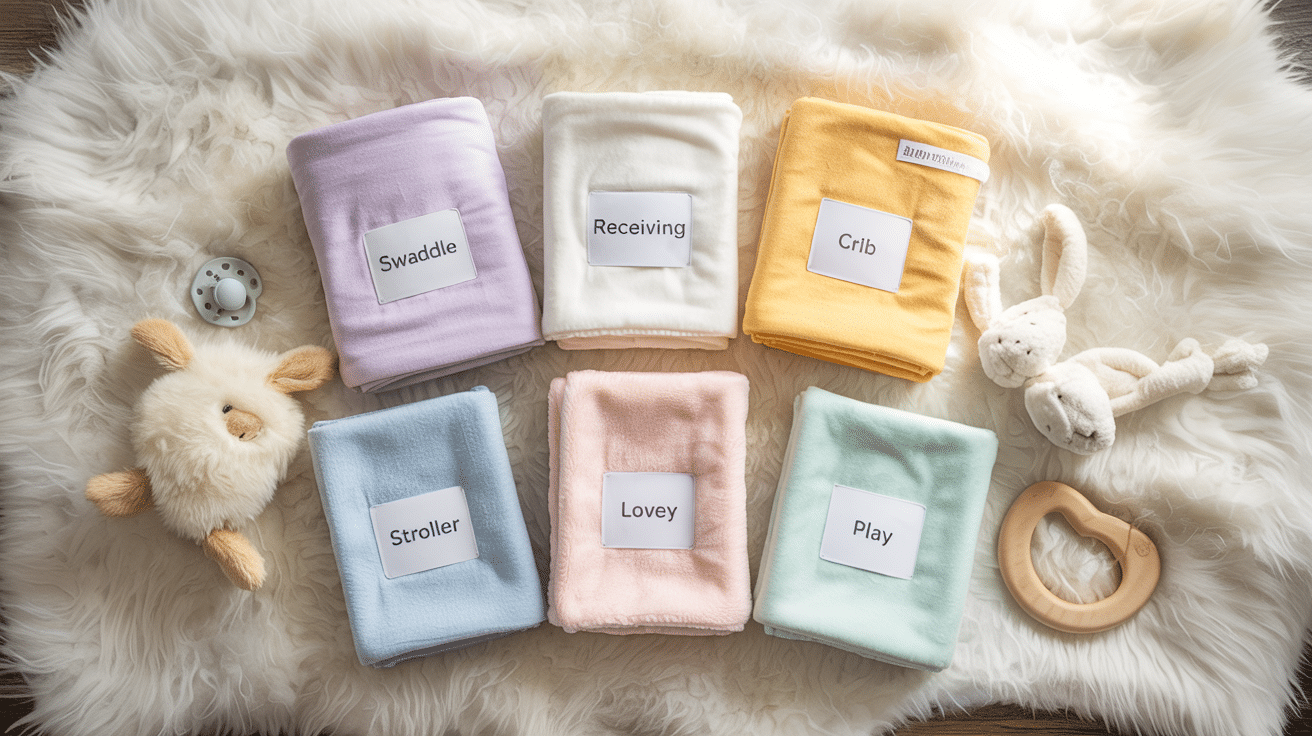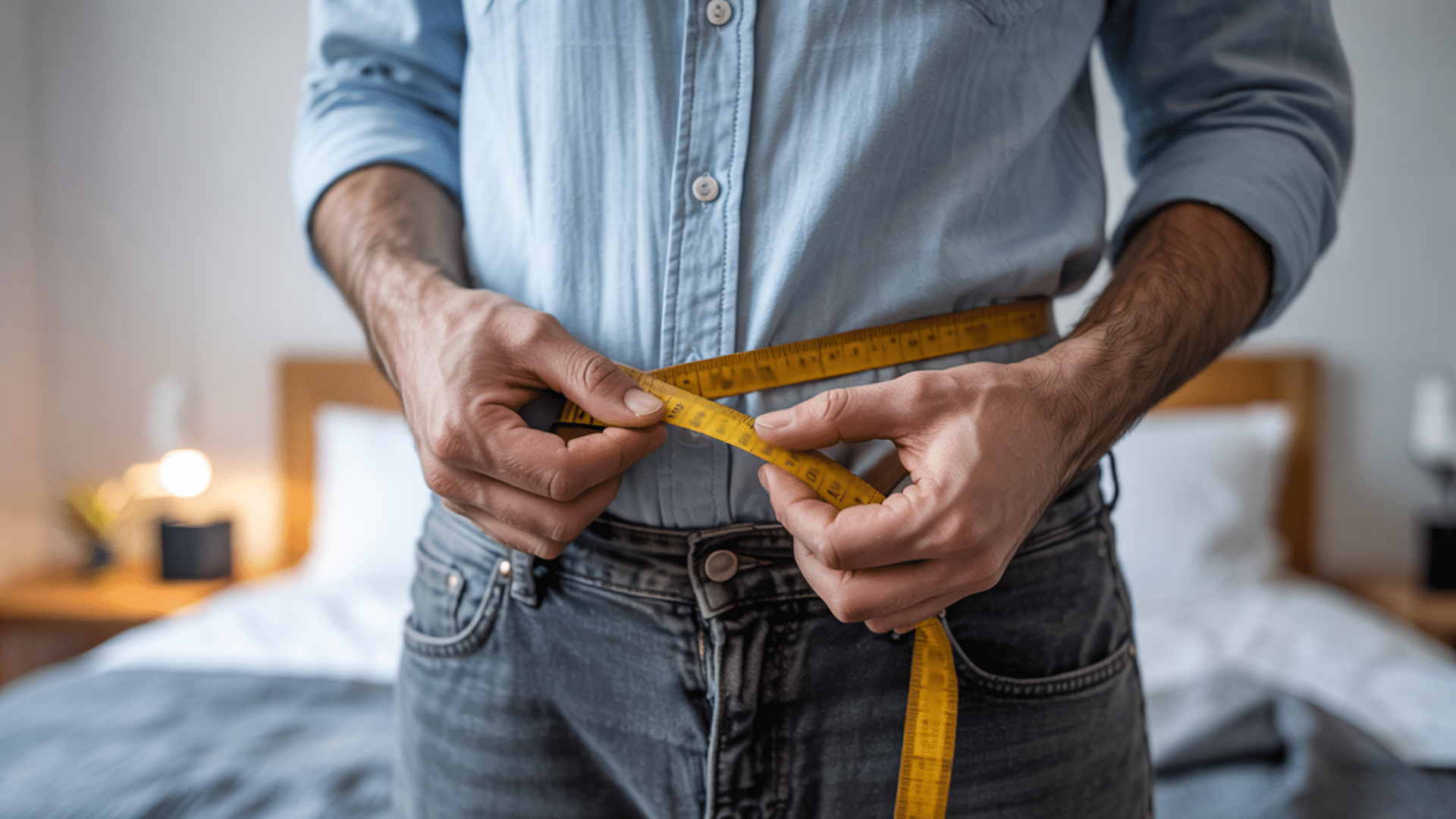Have you ever wondered why your brand-new mattress feels nothing like the one you tested at the store?
You’re not alone in this confusion. That first night on a new bed can leave you questioning if you made the right choice.
Maybe it feels too firm, too soft, or just different from what you expected.
What you’re experiencing is entirely normal – your mattress needs time to adjust to you, and you need time to adjust to it.
This period, called the mattress break-in phase, happens to almost everyone who buys a new bed.
Understanding this process can save you from unnecessary worry and help you make better decisions about your sleep comfort.
Why Is It Important To Break in a New Mattress
Breaking in your mattress ensures you get the comfort and performance you paid for. Without it, you’re sleeping on an unfinished product.
Key benefits:
- Materials reach intended firmness levels
- Better sleep quality after adjustment
- Extended mattress lifespan
- True comfort assessment before deciding to keep or return
That First Night Experience
Most people expect immediate comfort from their new mattress, but reality often tells a different story. Your body has spent months or years getting used to your old bed’s specific feel and support pattern.
When you switch to a new mattress, your muscles, joints, and spine need time to adjust to the different support levels.
This adjustment period can initially feel uncomfortable, even if the mattress is perfect for you.
Think of it like wearing new shoes. Even the best-fitting pair needs a few days to feel completely natural. Your mattress works the same way, requiring patience while both the materials and your body adapt.
What Happens During Mattress Break-In
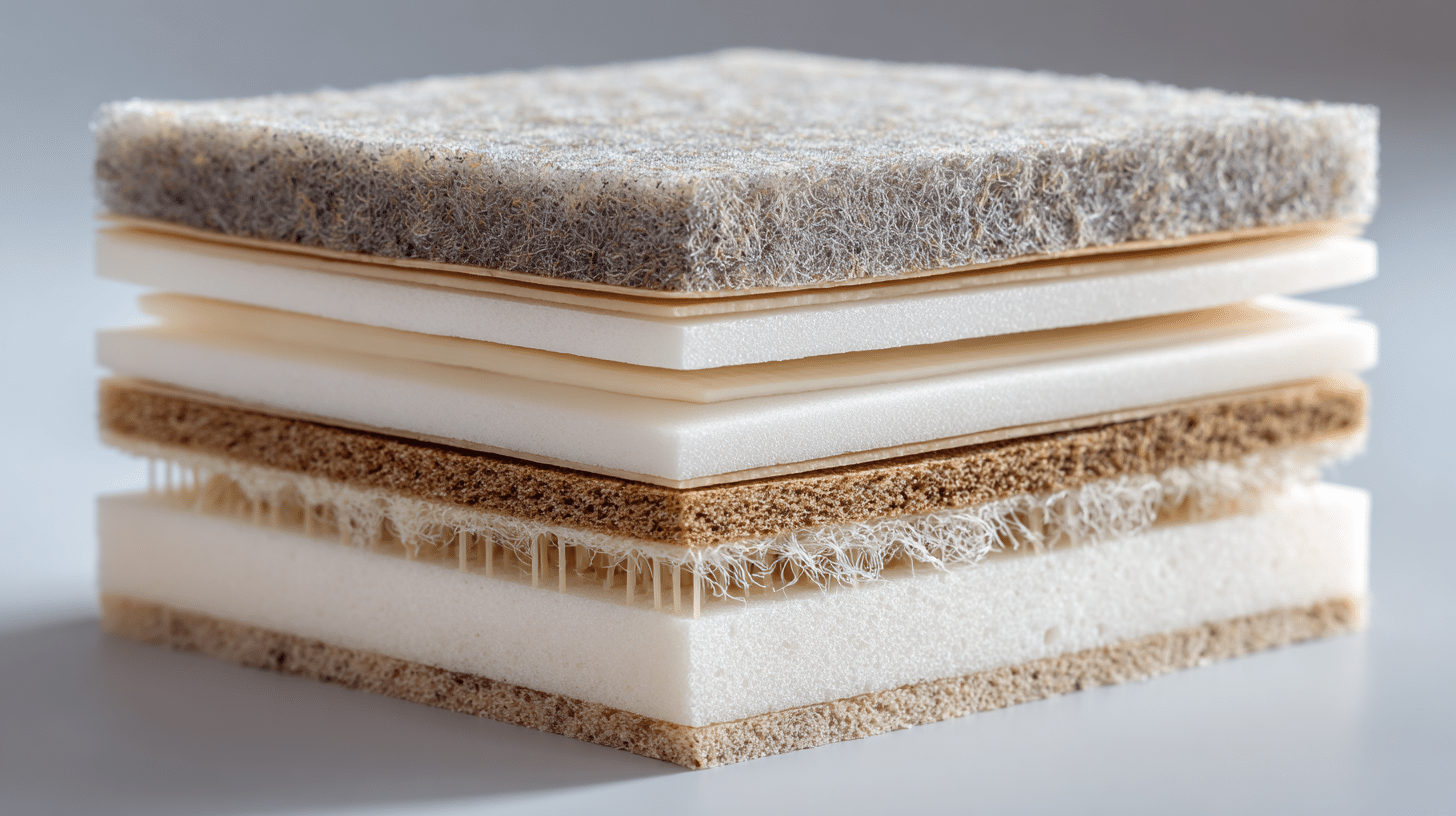

The mattress break-in period involves two separate processes happening at the same time. Your mattress materials gradually soften and conform to your body’s unique shape and weight distribution.
Meanwhile, your body adapts to the new sleeping surface. Your muscles learn to relax in slightly different positions, and your spine adjusts to the new support pattern.
Physical mattress changes:
- Foam layers compress and soften with heat and pressure
- Coils loosen slightly to provide more give
- Materials settle into their optimal comfort level
Body adjustment process:
- Muscles adapt to different pressure points
- Spine aligns with the new support structure
- Sleep posture naturally adjusts over time
How Long Does It Take to Break in A Mattress: Complete Timeline
Different mattress materials require varying amounts of time to reach their optimal comfort level. Here’s what you can expect from each type:
| Mattress Type | Break-In Time | Key Details |
|---|---|---|
| Memory Foam | 2–4 weeks (up to 60 days) | Softens with body heat and weight |
| Latex | 2–14 days | Quick adaptation, but may feel firm initially |
| Innerspring | 1–2 weeks | Coils adjust fast, comfort layers follow |
| Hybrid | 30–90 days | Multiple materials need more time |
Real Experience: “My hybrid mattress felt way too firm for the first month. I almost returned it, but around day 45, everything clicked. The foam had softened just enough, and my body had adjusted to the better support.”
Your body’s adjustment period can take up to 30+ days, regardless of mattress type. This timeline varies based on how different your new mattress feels compared to your old one.
Factors That Influence Break-In Duration


Several elements affect how quickly your mattress reaches optimal comfort. Understanding these factors helps set realistic expectations for your break-in period.
Material density plays a significant role:
High-density foam or thick latex layers take longer to soften compared to lower-density materials. More layers in your mattress construction also mean a longer adjustment period.
Your previous mattress matters too:
If your old bed was very soft and sagging, your body needs extra time to adapt to proper support. Room temperature affects foam mattresses significantly – they soften faster in warmer environments.
Foundation type and delivery method also matter:
- Solid bases provide different support than slatted frames
- Bed-in-a-box mattresses may need extra expansion time
- Adjustable frames can change how materials settle
Everyday Experiences During the Adjustment Period
Most people go through similar phases during their mattress break-in period. Knowing what’s normal helps you stay patient through the process.
Initial firmness is extremely common. This happens especially with memory foam and hybrid mattresses that feel stiffer than expected at first.
You might experience minor discomfort or soreness as your muscles and joints adapt to better alignment. Sleep quality often improves gradually between weeks 2 and 6 as everything settles.
Real Experience: “I kept waking up with sore shoulders during week two. My friend said it was just my body getting used to proper support. By week three, the soreness disappeared, and I was sleeping better than ever.”
Tips to Speed Up the Break-In Process
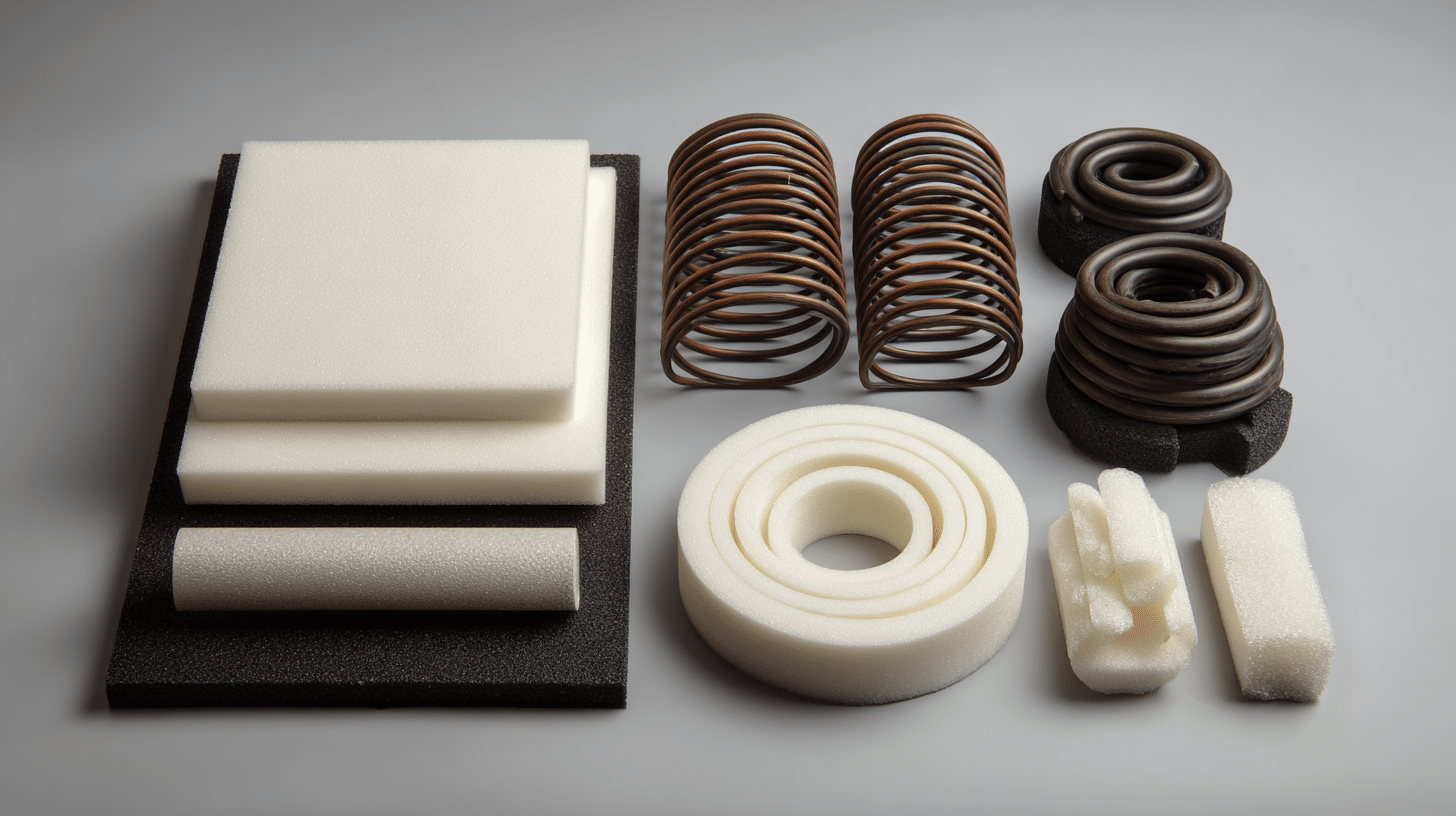

You can help your mattress adjust more quickly while making the transition easier for your body. These simple strategies make a real difference in comfort timing.
Use your mattress consistently every night: The more weight and body heat it receives, the faster materials adapt to your shape and sleeping style.
Adjust your room temperature if you have a foam mattress. Warmer rooms help foam materials soften more quickly, while cold rooms keep them firmer longer.
Additional helpful techniques:
- Rotate your mattress every 1–2 weeks initially for even settling
- Walk gently across the surface to help materials loosen
- Ensure you have the proper foundation for optimal support
Pro Tip: If you’re switching from a very different mattress type, consider gradually increasing your sleep time on the new bed during the first week.
Recognizing Problems vs. Normal Break-In Progress
Sometimes discomfort isn’t just part of the standard adjustment period, so knowing the difference between temporary adaptation and real problems is crucial.
This knowledge protects you from sleeping on the wrong mattress for months.
| Problem Signs (Seek Help) | Typical Break-In Signs (Keep Waiting) |
|---|---|
| Pain or poor sleep gets worse after 60–90 days | Falling asleep becomes easier and faster |
| Comfort doesn’t improve at all after 30 days | You wake up less frequently during the night |
| New aches or pains that weren’t present before | Morning stiffness decreases significantly |
| Sleep quality continues declining | The surface feels personalized to your body shape |
Most quality mattress brands offer 90–120 day trial periods for returns or exchanges. Document your experience with dates and comfort changes to provide precise feedback if needed.
Your sleep quality should steadily improve rather than fluctuate wildly, and you’ll likely stop thinking about the mattress itself once it’s fully adjusted.
Final Thoughts on Mattress Break-In
So, how long does it take to break in a mattress? For most people, the sweet spot falls between 30 and 60 days.
Some materials adapt faster, while others need more time, but this adjustment period benefits both your mattress and your body.
Don’t worry if your new bed feels different or even uncomfortable at first – this reaction is entirely normal.
Give the process time, follow the tips we’ve shared, and stay patient with both the materials and your body’s adaptation.
Most people find that their mattress feels completely different (in a good way) after the break-in period ends.
If problems persist beyond 90 days, use your trial period to find a better fit.
Give your new mattress the time it needs to work its magic.


